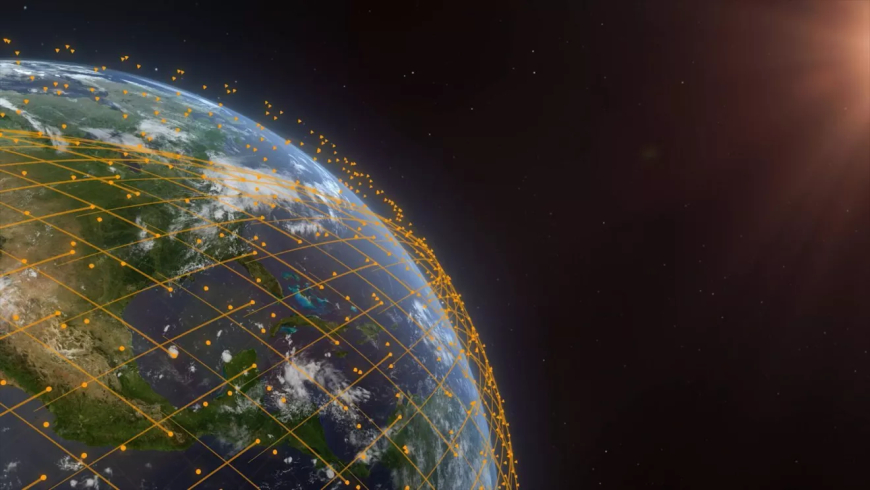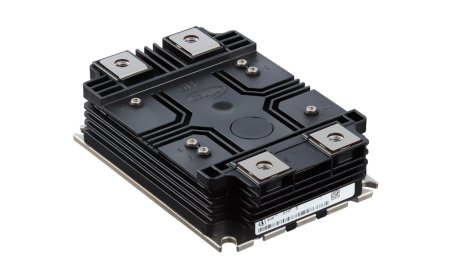Amazon's Project Kuiper Demonstrates Groundbreaking Optical Mesh Network in Orbit
Amazon's Project Kuiper successfully tests its optical mesh network in space, establishing 100 Gbps connections and paving the way for high-speed, resilient inter-satellite communication.

Amazon's Project Kuiper has achieved a significant milestone in its development of space-based internet technology. After launching two prototype satellites, KuiperSat-1 and KuiperSat-2, in October 2023, the project has successfully tested an optical mesh network in low Earth orbit, maintaining 100 gigabits per second (Gbps) optical links over a distance of nearly 621 miles (1,000 kilometers). This advancement is a crucial step in establishing a more connected and efficient space-based internet infrastructure.
The tests focused on the project's optical inter-satellite link (OISL) capabilities, a critical component of the mesh network's functionality. Rajeev Badyal, Project Kuiper's vice president of technology, emphasized the significance of this technology, stating, “With optical inter-satellite links across our satellite constellation, Project Kuiper will effectively operate as a mesh network in space.” He further explained the system's design and its seamless integration with the project's broader objectives: “This system is designed fully in-house to optimize for speed, cost, and reliability, and the entire architecture has worked flawlessly from the very start."
Optical Inter-Satellite Links (OISLs) are at the core of this technological leap. These links utilize infrared lasers to transfer data between spacecraft, a method that overcomes the limitations of traditional satellite-to-ground communication methods. By equipping each satellite in the constellation with multiple optical terminals, Project Kuiper aims to create a high-speed laser cross-link network. This network will not only enhance throughput and reduce latency across the constellation but also provide more flexibility to connect customers on land, sea, air, and space.
One of the most notable benefits of OISLs is the speed at which data can be moved around the world. Light travels faster in space than through glass, which means that Kuiper's orbital laser mesh network can transfer data approximately 30% faster than terrestrial fiber optic cables. Moreover, by leveraging AWS service and infrastructure to route data traffic, Project Kuiper can further reduce latency across the network.
The development of OISL technology was not without challenges. To establish and maintain effective laser links, the technology needed to address issues such as minimizing light spread, establishing contact over long distances, and maintaining connections with fast-moving spacecraft. Project Kuiper's state-of-the-art optics and control system were designed specifically to overcome these challenges. The recent Protoflight mission, which tested the end-to-end architecture in space, established the first successful optical links between the two prototype satellites, confirming the system's capabilities.
Project Kuiper's OISL technology is set to offer secure and resilient connectivity to a wide range of customers, including those in the enterprise and public sector. This technology is particularly crucial for operations in remote areas without access to ground stations. Ricky Freeman, vice president of Kuiper Government Solutions, highlighted the strategic importance of this technology: “Amazon’s optical mesh network will provide multiple paths to route data through space, creating resiliency and redundancy for customers who need to securely transport information around the world."
As Project Kuiper moves forward with its plans to deploy OISL-equipped production satellites, it stands on the brink of revolutionizing satellite communication technology. This development promises to enhance global connectivity, offering faster, more secure, and resilient communication solutions across various sectors and regions. The successful implementation of this optical mesh network in space marks a significant step forward in the field of satellite communications, bringing us closer to a more connected world.































